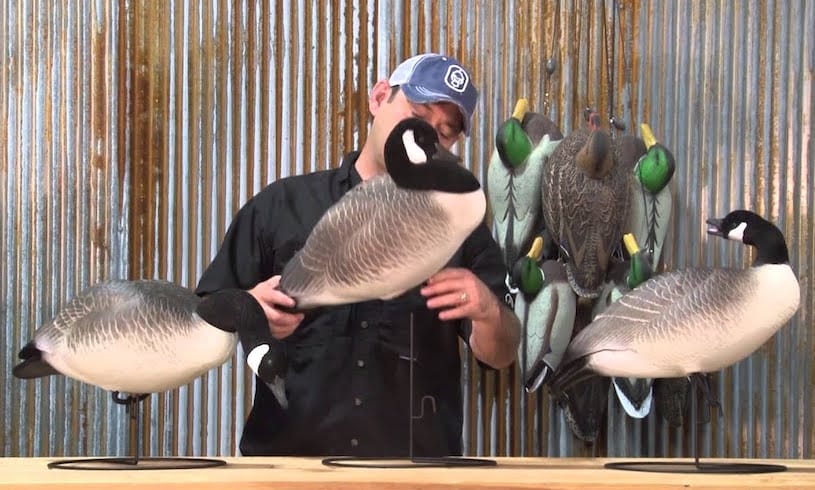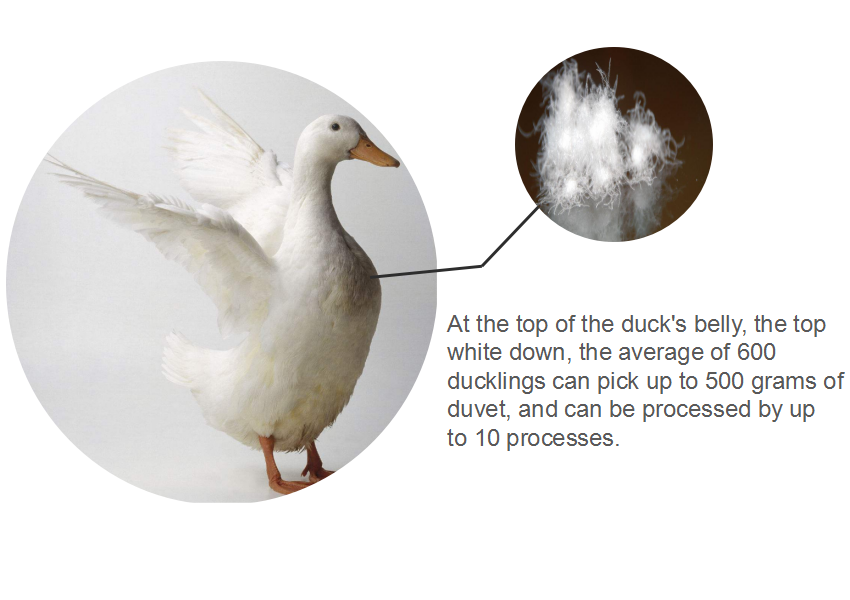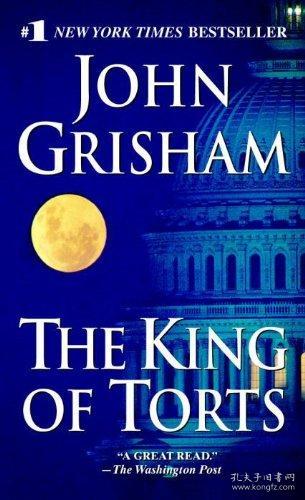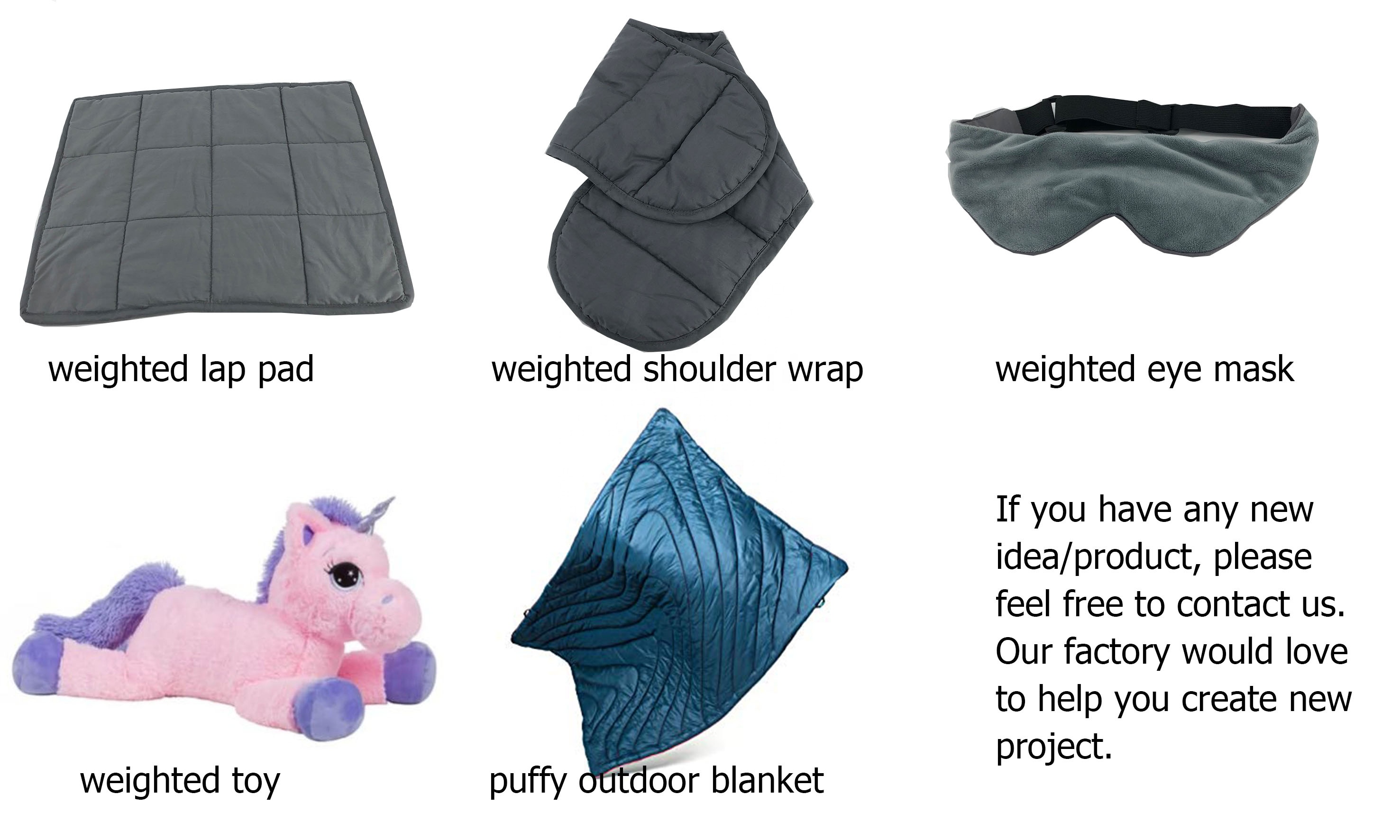Title: The Difference between Duck Feather and Goose Feather in Making Duvets
The use of duck feather and goose feather in making Duvets is a common practice, but there are significant differences between the two. Duck feather is known for its softness and thermal insulating properties, making it ideal for use in Duvets. On the other hand, goose feather is characterized by its thicker and stronger fibers, which provide better support and durability. Furthermore, the shape of the feathers also affects their performance in Duvets. Duck feathers are generally flatter and wider, while goose feathers are more narrow and pointy. These differences can impact the comfort and performance of Duvets made from these two types of feather.
Duvets, or featherbeds, are a common bedding option in many cultures, offering a soft and warm sleeping environment. They are filled with either duck or goose feathers, each of which has unique characteristics that affect the quality and performance of the duvet. In this article, we explore the differences between duck feather and goose feather to help you make an informed choice when purchasing a duvet.
Firstly, let’s talk about duck feather. Duck feather is commonly used in making duvets because it is relatively inexpensive and widely available. It provides good insulation and warmth, making it a popular choice for colder climates. However, duck feather may not offer the same level of comfort as goose feather. It can also be prone to clumping and flattening over time, reducing its insulating ability.
Goose feather, on the other hand, is much more expensive than duck feather but offers superior comfort and quality. Goose feather has a longer, more delicate structure that allows it to retain its shape and insulation ability longer than duck feather. It also has a higher loftiness, or bulkiness, which provides more space for air to circulate and helps keep the sleeper warmer. However, the high cost of goose feather may make it prohibitive for some consumers.

Another consideration is the cleaning process. Duck feather is generally easier to clean and maintain than goose feather. It can be washed and dried without much difficulty, while goose feather may require special handling to retain its quality and insulation ability.
In conclusion, both duck feather and goose feather have their own advantages and disadvantages when it comes to making duvets. Duck feather is a cost-effective option that provides good warmth and insulation but may not offer the same level of comfort as goose feather. Goose feather, on the other hand, provides superior comfort and quality but is more expensive and harder to clean. When purchasing a duvet, consider your budget, climate, and personal comfort preferences to make an informed choice.

For those who live in colder climates or are looking for a cost-effective option, duck feather may be the better choice. However, if you value comfort and quality above all else, then goose feather may be worth the extra cost. No matter which type of feather you choose, make sure to purchase from a reputable brand or manufacturer to ensure the quality and safety of your duvet.
Articles related to the knowledge points of this article:
Is It Hot to Cover Winter Down Comforter in Spring?
Hengshui City: The Place to Get Your Feather Duvet
Does a Down Comforter Feel Cold? The Science Behind Staying Cozy and Warm
Chinas Top Ten Famous Brands of Down Duvet Stores
Title: Embracing the Warmth and Comfort of Down Bedding: A Journey through the Down Blankets Store



